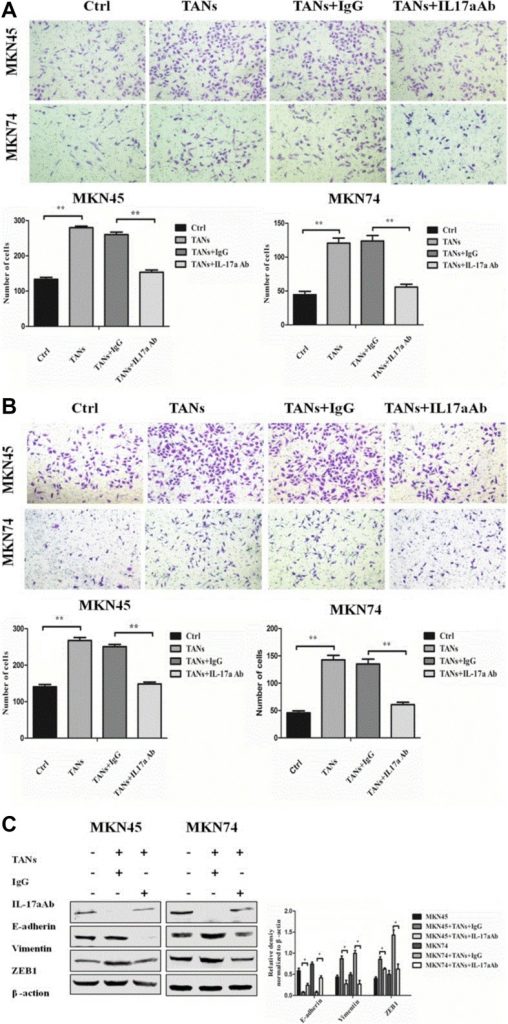Breast carcinoma is one of the most malignant tumors, severely influencing the bodily and psychological well being of individuals. The newest epidemiological and scientific research have discovered that breast tumor and irritation are determinate relationships with one another.
Inflammation is a vital part of the tumor microenvironment, and the change of inflammatory cells may affect tumor development, akin to neoplastic cell proliferation, migration, invasion, the collapse of antitumor immunity, metastasis and so forth. Peripheral blood exams at the time of prognosis and remedy can replicate inflammatory circumstances inside the neoplasm.
Evaluation of peripheral blood parameters together with white blood cell, neutrophil, lymphocyte, monocyte, platelet counts, in addition to neutrophil-to-lymphocyte ratio (NLR), derived neutrophil-to-lymphocyte ratio (d-NLR) (neutrophil rely divided by the end result of white blood cell rely minus neutrophil rely), platelet-to-lymphocyte ratio (PLR) and lymphocyte-to-monocyte ratio (LMR), that are indicators of systematic inflammatory response, have been extensively proposed as prognostic elements for a lot of malignancies.
To intensively examine the relationship between the widespread markers in peripheral blood and the remedy or prognosis of breast most cancers can have crucial scientific significance and software prospect, and might present helpful data for the clinicians. Herein, we evaluate the analysis progress in the prognostic position of the peripheral blood in breast most cancers to offer a brand new methodology for the remedy and prognosis of breast most cancers.

Assessment of the Decision-Making Capacity for Clinical Research Participation in Patients with Advanced Cancer in the Last Weeks of Life.
Few research have examined how clinicians assess decision-making capability for analysis in the final weeks of life.We examined the decision-making capability for participation in a analysis examine and its affiliation with clinician impression and delirium amongst most cancers sufferers with days to weeks of life expectancy.Patients admitted to our Palliative and Supportive Care Unit (PSCU) have been approached for a potential observational examine.
We assessed for his or her decision-making capability primarily based on scientific impression of doctor and nurse, Memorial Delirium Assessment Scale (MDAS) and the MacArthur Competency Assessment Tool for Clinical Research (MacCAT-CR).Among the 206 sufferers, 131 sufferers (64%) didn’t require MacCAT-CR evaluation as a result of they have been overtly delirious or unresponsive; 37 (18%) sufferers have been alert however didn’t full the MacCAT-CR evaluation for different causes and 38 sufferers (18%) accomplished the MacCAT-CR evaluation.
Among these 38 sufferers, 5 (13%) have been incapable and had regular albeit considerably larger MDAS scores in comparison with those that have been succesful (1.eight vs. 4.2, P=0.002). Compared in opposition to MacCAT-CR and MDAS, the general settlement with capability evaluation with a clinician was 88% (95% CI 82-93%) for physicians and 90% (95% CI 82-94%) for nurses. The area-under the receiver-operating traits curve was 0.93 (95% CI 0.88-0.96) for physicians and 0.94 (95% CI 0.89-0.97) for nurses, suggesting excessive discrimination.A majority of sufferers in the PSCU lacked decision-making capability for participation in scientific analysis. Clinician impression had excessive accuracy. Few sufferers with regular MDAS have been discovered to be incapable with MacCAT-CR evaluation.